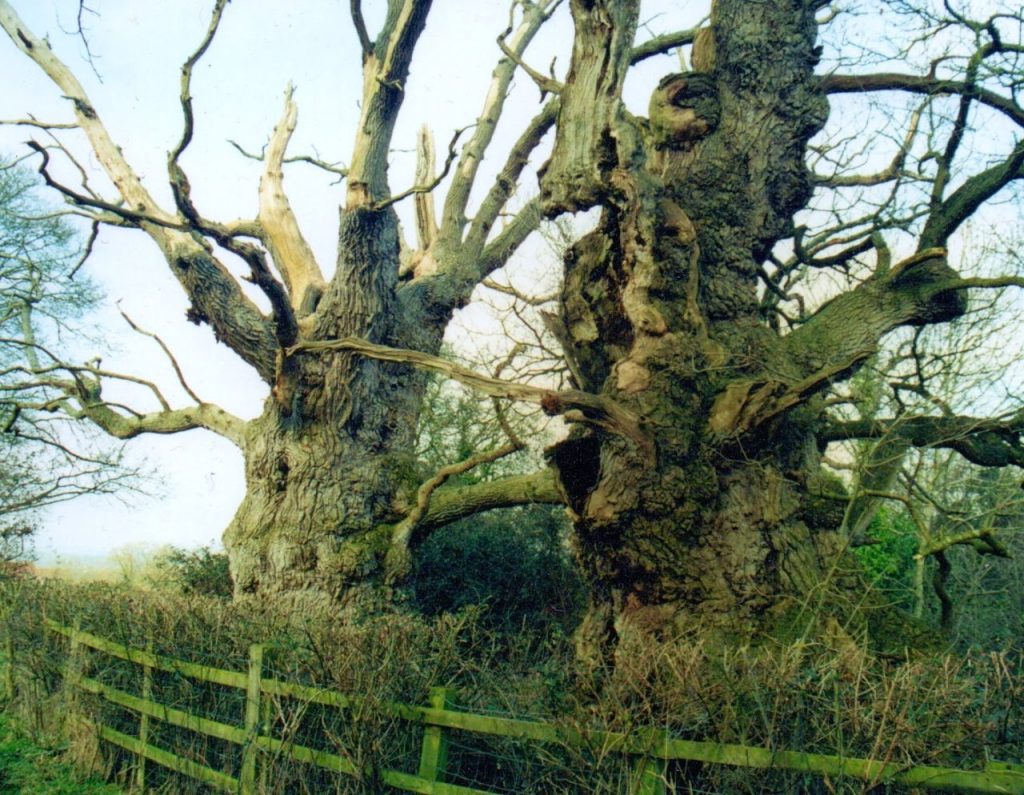The Legendary Oaks of Glastonbury
In a quiet field near Glastonbury Tor once stood two ancient oaks: Gog and Magog. Believed to be over 2,000 years old, they marked what many saw as a Druidic avenue leading to the sacred Tor. Today, only Magog remains. A devastating fire in 2017 ended Gog’s long life, leaving Magog the last sentinel of this sacred grove.
Giants in Myth and Legend
The names Gog and Magog echo through scripture and folklore. In the Bible, they appear as apocalyptic giants. In British legend, they stand as guardians of Albion, the last of their kind. The trees carried that symbolic weight, linking faith, story, and spirituality across centuries.
The Sacred Oak
For Druids, the oak stood as the most sacred of trees. It formed a bridge between earth and spirit, its strength a symbol of wisdom and power. The very word Druid likely comes from dru, the Celtic word for oak.
Reverence for oaks extended across cultures. Thor in Norse myth, Zeus in Greece, and Jupiter in Rome all connected to the oak. Tall, strong, and often struck by lightning, it became a natural emblem of strength and protection.
A Living Symbol
Oaks live for centuries, enduring storms, droughts, and time itself. Communities gathered under them for rituals, councils, and stories. They became guardians of tradition and monuments to resilience. Gog and Magog embodied all these qualities, linking myth to daily life for over two millennia.
Loss and Survival
Gog’s death in 2017 showed even giants fall. Magog endures, weathered but alive, bridging past and present. Visitors today see not just a tree but a symbol of endurance and a keeper of memory.
Lessons from the Old Oaks
In a fast-moving world, Magog invites reflection. It reminds us to value age, resilience, and the wisdom of nature. Sometimes the oldest trees tell the richest stories—of giants, gods, and the sacred power of the oak.
